Results 6,961 to 6,970 of 12091
Thread: Anandtech News
-
05-15-17, 01:07 PM #6961
Anandtech: AT20 Giveaway Day 14.5: Zalman Provides Power Supplies, Cases, and Periphe
Taking us into our afternoon giveaway on this busy Monday is Zalman. The long-time vendor of PC components ranging from cases and PSUs to coolers and peripherals has sent over a real smorgasbord of products for us to giveaway this afternoon. Altogether we have a pair of Z9 Neo cases, a pair of K900M keyboards, a pair of ZM750-EBT power supplies, and finally four of the company’s ZM-GM4 mouse.
- Zalman Z9 Neo White Mid Tower Case
- Zalman Z9 Neo Black Mid Tower Case
- Zalman ZM-K900M White Edition Mechanical Keyboard
- Zalman ZM-K900M Mechanical Keyboard (Blue Switches)
- Zalman ZM-GM4 Mouse (#1)
- Zalman ZM-GM4 Mouse (#2)
- Zalman ZM-GM4 Mouse (#3)
- Zalman ZM-GM4 Mouse (#4)
- Zalman ZM750-EBT PSU (#1)
- Zalman ZM750-EBT PSU (#2)
The AnandTech 20th Anniversary Celebration – Zalman Giveaway
Zalman Z9 Neo Case
Starting things off, we have Zalman’s Z9 Neo case in both black and white. This ATX mid-tower case is 19.3” tall and offers an ample amount of build room, allowing video cards that run up to 16.5” long, or nearly the entire length of the case. In terms of cooling, the case comes with a rather sizable collection of fans, with 5 120mm fans pre-installed altogether, split between the front intake and top + rear exhausts. Meanwhile the case can house a pair of 3.5” and another pair of 2.5” drives, along with a pair of 5.25” bays for further use.
Zalman ZM-K900M Mechanical Keyboard
Next up on our prize list is Zalman’s ZM-K900M mechanical keyboard. Based around Kailh switches – both of our models come with the Blue switches – the gaming-focused keyboard also supports programmable keyboard macro functionality, including the ability to simulate mouse clicks. And, like many gaming keyboards these days, the K900M also includes fully customizable RGB LED backlighting.
Zalman ZM-GM4 Mouse
Third up, we have Zalman’s ZM-GM4 mouse. The laser gaming mouse uses Avago’s A9800 sensor, which among other features allows for the mouse’s DPI to be switched on the fly. In terms of the build of the mouse itself, it features a customizable design that allows length, width, and weight to all be tuned to the desired specs. Finally, along with the standard mouse buttons, the ZM-GM4 also features software remapping for its 10 buttons, allowing them to be reassigned to other functions if desired.
Zalman ZM750-EBT Power Supply
Our last prizes of the day, we have two of Zalman’s ZM750-EBT power supplies. This semi-modular power supply includes fixed cables for ATX power, CPU power, and one PCIe power cable, meanwhile the rest of the PCIe and all of the peripheral cables are modular. The PSU is 80Plus Gold rated, and can deliver up to the full 750W over its sole 12v rail. Cooling for the PSU is provided by a 135mm fluid dynamic bearing fan.
Finally, as with our other giveaways, today’s giveaway is only open for 48 hours, so be sure to enter soon. However please note that for legal reasons, we’re only able to open these giveaways to residents of the United States.
Good luck to everyone! And be sure to check in tomorrow for our next giveaway.
More...
-
-
05-16-17, 04:17 AM #6963
Anandtech: Welcome to the Smartphone Squeeze: HTC Launches the U11
The history of HTC flagships has been a tale of ups and downs. In all the reviews of smartphones we’ve ever done at AnandTech, only two have ever held an AnandTech Gold Award: the iPhone 6S and the HTC M7. At the time, the M7 offered a great camera and specifications for its price, and ever since we’ve been waiting for HTC to return to former glory. Today’s announcement is for the latest flagship, HTC’s U11.
The headline feature for the HTC U11 is its new method of interaction: Squeezing. If you’ve encountered any of the marketing material on the device, it’s all about the squeeze. HTC’s new philosophy is that smartphones are stagnating: every generation is just a spec update to the previous model, and the only thing that drives the industry is related to new interaction methods and ways of streamlining the use of a device. Hence the squeeze: by holding the U11 naturally and squeezing between the thumb and the other side of the hand, the squeeze action will do a number of things.
When the smartphone is turned on, the device will offer a calibration tool consisting of a few minigames (such as squeezing a balloon) in order to set the standard squeeze pressure. The mechanism supports two levels of squeeze based on time, and the calibration is done in order to determine a squeeze compared to a standard grip, which is one of the initial queries we had on the device. We are told that the squeeze is determined by an internal low-power ultrasound generator and detector. After the device is calibrated, it uses the phase of the reflected ultrasound waves for detection. When the device is squeezed, the internal shape will change enough to push the ultrasound wave out of phase, which can be detected as an activation. Software then determines if it’s a short or long squeeze, and carries out the required action. We’re awaiting internal images to determine what IC is being used and how this method is implemented inside the phone.
HTC offered a number of possible options for the squeeze: squeeze to selfie, squeeze to take a photo, squeeze to push to talk, squeeze to load Google Assistant, squeeze to launch any app, squeeze to open the camera, long squeeze to change to front camera, etc. The squeeze methodology will be enabled in two stages; at launch, a number of stock apps will be preconfigured with squeeze actions, and some of these will be configurable at the system level. Then later in the year (we are told July) software will be made available that will allow users to configure any app to take advantage of the squeeze: it will detect which app is loaded, and the user can define the squeeze as if they were tapping the screen or long pressing on a button. HTC says Squeeze actions also work with gloves, so you can push to talk without removing your gloves to tap the screen.
Edit: in the press event, we were told that the U11 uses eight super thin strain gauges to make the pressure measurement.
In addition to the new squeeze actions, the HTC U11 will also support voice interaction. It will ship with Google Assistant and receive Amazon Alexa support in July (at least in the US, UK and Germany). Having two different voice agents on the phone could get confusing, but HTC claims it will provide an easy method for using the correct one. HTC sees a world with many assistants working independently instead of a single all-powerful assistant, which is why the HTC U11 includes both, with another assistant to be named during the official launch in Taiwan.
The HTC U11 will be the third smartphone released with the Qualcomm Snapdragon 835 SoC, following the Galaxy S8 family and the Xiaomi Mi 6 in China. The U11 will be using the S835 worldwide, including the US, because of the Snapdragon X16 modem's network compatibility. There will be three different antenna configurations to improve signal reception depending on the user's geographic region, but each phone will be able to work in every region. According to the spec sheet, only one of the SIM slots is capable of LTE Category 16 (1Gbps) on the downlink, whereas the second SIM will be limited to Category 15 (750Mbps).HTC U11 HTC U11 HTC 10 SoC Qualcomm Snapdragon 835
4x Kryo 280 Perf @ 2.45 GHz
4x Kryo 280 Eff @ 1.90 GHz
Adreno 540 @ 653 MHzQualcomm Snapdragon 820
2x Kryo Perf @ 2.15GHz
2x Kryo Eff @ 1.6GHz
Adreno 530Display 5.5-inch 2560x1440 SLCD5 5.2-inch 2560x1440p SLCD5 Dimensions 153.9 x 75.9 x 7.9 mm
169 grams145.9 x 71.9 x 3-9mm
161 gramsWaterproof Yes (IP67) No RAM 4 GB 6 GB 4 GB NAND 64 GB UFS 2.1 128 GB UFS 2.1 32 GB / 64 GB MicroSD Yes Yes Rear Camera 12MP "UltraPixel 3" w/ OIS, f/1.7, 1.4µm pixels 12MP w/ OIS and laser AF, f/1.8, 1.55µm, 1/2.3"
(Sony IMX377)Front Camera 16MP 5MP w/ OIS, f/1.8, 1.34µm
(Samsung S5K4E6)Battery 3000 mAh
non-replaceable3000 mAh (11.56 Wh)
non-replaceableModem Qualcomm X16 (Integrated)
2G / 3G / 4G LTEQualcomm X12 (Integrated)
2G / 3G / 4G LTELTE Bands 1, 3, 4, 5, 7, 8, 12, 17, 20, 32
38, 39, 40, 41Asia/EU: 1, 3, 5, 7, 8, 12, 20, 28, 32 SIM Size 1x or 2x NanoSIM 1x NanoSIM Wireless 802.11ac,
BT 4.2, NFC, GPS/GLONASS/BDS802.11ac 2x2 MIMO,
BT 4.2, NFC,
GPS/GLONASS (US, JP)
GPS/GLONASS/BDS (EU, Asia)Connectivity USB 3.0 (5 Gbps), Type-C, Quick Charge 3.0 USB 3.0 (5 Gbps) Type-C, 3.5mm headset Launch OS Android 7.1 with HTC Sense Android 6 w/ HTC Sense Cost 4 + 64GB: £649 4 + 32GB: £569
The SoC is backed with either 4GB or 6GB of LPDDR4 RAM and 64GB or 128GB of storage, respectively. HTC says it's using UFS NAND, although due to supply issues it's unwilling to state categorically if it will be UFS 2.0 or UFS 2.1 at this time. In that instance, it’s best to expect UFS 2.0 and consider it a plus if you get UFS 2.1. The 4GB/64GB option will be available worldwide, while the 6GB/128GB version will only be available in select markets.
Machine learning was another feature HTC discussed, specifically being able to determine which smart assistant a user will need based on context. The Snapdragon 835 SoC will assist, especially for inference, and the idea is that the smartphone will learn by interacting with the user in order to make the correct judgment.
The U11 comes with a 5.5-inch QHD (2560x1440) SLCD5 IPS display, with fairly large bezels above and below. It’s a smartphone that certainly feels bigger than its 5.5-inch screen suggests, so users of 5.7-5.9-inch units won’t feel out of place. The larger bezels do help reduce false touches when holding the phone for a selfie or showing someone a photo/video, however (I’m not trying to spin bezels into a positive per se, but they don’t bother me personally that much). HTC says each display will be color calibrated at the factory, although it did not specify to what standard. There will be software options to make the color temperature warmer or cooler depending on personal preference, and there will also be an eye comfort mode.
One of the top features will be the IP67 water and dust resistance. In the flagship scene, some phones are perennially water resistant, while some flagship families will ignore the feature and others will flip-flop between them. There are tradeoffs when designing a smartphone to be water resistant, including seals and their affect on future repairability (most water-resistant smartphones get a super-low iFixit score, for example). Nonetheless, there are a number of users that will only ever buy a water resistant phone, and HTC advertises the IP67 rating for the U11. The touch screen is also configured to work when wet, and the squeeze actions work with gloves as well.
Gallery: HTC Galleries





The U11 will have always-on microphones that capture audio from up to 6 feet away and consume only 1mA. The microphones are also advertised as "50% more accurate," although it was not specified what it was being compared to. The software supports a voice unlock feature that allows different users to unlock the phone with their voices and integrates with Google Assistant. The U11 will use HTC’s latest edition of BoomSound high-performance audio too, with a new ‘Hi-Fi’ variant. HTC is claiming more power with this new version, where the chassis acts as a resonance chamber, supplementing the external speakers. We were shown a pseudo diagram of how the ‘whole phone as a resonant chamber’ is meant to work, and through a tour of HTC's labs we were told that this comes down to one of the speakers using the inside of the phone as its resonance chamber.
Alongside BoomSound is HTC’s USonic USB-C audio technology (sorry, no 3.5mm headphone jack) that performs echolocation inside your ears to determine customized EQ settings that match the headphones with your ear structure. This is a profile set on the phone when using the HTC headset, and can be saved to the cloud for use with future HTC devices. HTC will bundle a USB-C to 3.5mm audio adaptor with the phone, and HTC will also offer a special adaptor with an integrated high-performance DAC in the cable.
The rear camera uses a 12MP UltraPixel 3 sensor with 1.4 micron pixels, where each pixel can assist with phase-detection auto focus. It supports both OIS and EIS and comes with an f/1.7 lens assembly, which is one of the smallest f-stop values currently available on a smartphone camera. The camera supports a pro mode with manual control as well as slow motion video (1080p120) and 3D Sound recording. HTC is keen to promote that it scores 90 in DXOMark. The front-facing camera is also an UltraPixel sensor (it wasn’t stated which version), coming in at 16MP with a 150-degree wide-angle lens designed for "better selfies in low light."
For its "liquid surface design," which mimics the visual properties of a liquied, HTC covers both the front and back with Gorilla Glass 5. The manufacturing process that adds color into the 3D glass is called "Spectrum Hybrid Deposition," and in the devices we saw it gave them a very shiny and metallic look (it also attracts fingerprints very easily). Five colors should be available at launch, but may be region dependent: Ice White, Brilliant Blue, Sapphire Blue, Solar Red, and Amazing Silver. The last two will have special properties – the Solar Red will shift from a bronze color to a red color, depending on the angle you see the device, and the Amazing Silver will do something similar. A clear case will be provided in the box.
The battery will come in as 3000mAh, and rather than promoting any length of time for standby or use, HTC is claiming a 45% increase in Web browsing time over the previous HTC flagship along with 24 hours of talk time. This will likely be down to the more efficient SoC, but efficiency changes in the display are likely to have an effect too. The chipset will support Qualcomm’s Quick Charge 3.0 as well. There is not any wireless charging, as HTC is waiting for the technology to develop further.
Pricing for the U11 is expected to be announced at the launch event (see our live blog), although we were told to expect to see the 4GB/64GB edition to come in at £679 in the UK (approx. US$800 without tax).
Related Reading- The HTC 10 Review
- HTC Announces Desire 10 Pro and Desire 10 Lifestyle
- HTC Announces the HTC Bolt - A Sprint-Exclusive Smartphone for LTE Plus
- HTC Announces New Phones For U: HTC U Play and HTC U Ultra
More...
-
05-16-17, 06:49 AM #6964
Anandtech: ZOTAC Announces GeForce GTX 1080 Ti ArcticStorm Liquid-Cooled Graphics Car
Following what seems to be an industry pattern at the moment, ZOTAC has just announced their very own highly customized and liquid-cooled GeForce GTX 1080 Ti. Out of the box, this new GeForce GTX 1080 Ti ArcticStorm model does not appear to be trying to compete for the title of highest-performing graphics card on the market, but it has the prerequisites to be a highly competitive product.
Starting off with the basics, the GeForce GTX 1080 Ti ArcticStorm ships with an out of the box core clock of 1506 MHz, a boost clock of 1620 Mhz, and 11GB of GDDR5X memory clocked at 11Gbps. Connectivity is quite good with the video output selection consisting of three DisplayPort 1.4, one dual-link DVI-D, and one HDMI 2.0b.
While 1506/1620 MHz (base/boost) is a fairly mild factory overclock for a custom card, ZOTAC have clearly designed this model to be manually overclocked. It has a beefy 16+2-phase VRM, two rear-mounted Power Boost 2.0 capacitors, and dual 8-pin PCIe power connectors.
In fact, this new ArcticStorm model shares all the same power components as the ZOTAC GeForce GTX 1080 Ti AMP Extreme Edition, which has much higher factory clock speeds despite being air-cooled. On that model, the default core clock is 1645 MHz, the boost Clock is 1759 Mhz, and even the memory has been pushed up to 11.2 Ghz.
The key selling point of this ArcticStorm model is clearly the full-coverage water block. While the primary material is not listed, the top of the water block is made of a translucent acrylic, it has copper contact plate to maximize heat transfer, and 0.3mm micro-channels to increase surface area and cooling performance. The block features G 1/4 threaded fittings to make it compatible with most third-party liquid cooling solutions, and a pair of barbs supporting 10mm ID tubing are included. Since it is the feature of the year, the water block inevitably has built-in RGB LED lightning - which ZOTAC calls Spectra - and it is controlled with the included FireStorm utility. For aesthetic and durability reasons, this model also a metal wraparound backplate.
Although there are no details with regard to availability or pricing, we definitely expect the ZOTAC GeForce GTX 1080 Ti ArcticStorm to fall in the $800-900 range.Zotac GeForce GTX 1080 Ti Cards ZOTAC
GeForce GTX 1080 Ti
ArcticStormZOTAC GeForce GTX 1080 Ti AMP Extreme NVIDIA
GeForce GTX 1080 Ti
(Reference)Core Clock 1506 MHz 1645 MHz 1481 MHz Boost Clock 1620 MHz 1759 MHz 1582 MHz Memory Clock 11Gbps 11.2Gbps 11Gbps RAM 11GB TDP 270W 320W 250W Power Connectors 2 x 8-pin 2 x 8-pin 8-pin + 6-pin Length 11.81" 12.8" 10.5" Width 2 Slot 2.5 Slot 2 Slot Cooler Type Water Block
(Full Coverage)Open Air Blower Launch Date N/A ~04/2017 03/10/2017 Launch Price N/A ~$750 $699
Gallery: GeForce GTX 1080 Ti ArcticStorm





Related Reading
More...
-
05-16-17, 08:54 AM #6965
Anandtech: AT20 Giveaway Day 15: ARM Connects You with Chromebooks
With a warm welcome to Tuesday, we’re now on day 15 of our 20 day giveaway celebration of AnandTech’s 20th anniversary.
Today’s prizes come courtesy of ARM. While not a product manufacturer in and of themselves – ARM’s business is all about IP and architecture licensing – the 800lb gorilla of the mobile world has their hands in a multitude of products thanks to the ubiquity and performance of the ARM CPU architecture and their own Cortex-A CPU designs. So for our giveaway, the company has sent over a pair of Samsung’s Chromebook Pluses, which are among the most popular of the ARM-powered Chromebooks on the market right now.
- Samsung Chromebook Plus (#1)
- Samsung Chromebook Plus (#2)
The AnandTech 20th Anniversary Celebration – ARM architectures Giveaway
Samsung Chromebook Plus
The Samsung Chromebook Plus is Samsung’s high-end ARM Chromebook offering. The 12.3” Chromebook features a 3:2 aspect ratio IPS touchscreen display, which offers a 2400x1600 pixel resolution. The laptop is 2.2lbs and 13.9mm thick, making it thin and light. This in turn is critical to its 2-in-1 design, allowing it to also be used as a tablet thanks to its 360 degree hinge and included stylus. Samsung’s Chromebook Plus is also one of what’s still only a handful of Chromebooks with shipping Android app support, allowing the aforementioned tablet functionality to mesh well with tablet-optimized Android applications.
Under the hood, the Chromebook Plus is built around the ARM-powered OP1 SoC, which is a Rockchip-built and Google-approved SoC that packs a pair of ARM Cortex-A72 CPU cores for performance with a quartet of ARM Cortex-A53 cores for efficiency. On the GPU side, the SoC includes another ARM design, their Mali-T860MP4 GPU. Rounding out the package is 4GB of RAM, 32GB of eMMC storage, and 2x2 802.11ac WiFi. Meanwhile the 39Whr battery gives the Chromebook Plus a 9 hour battery life, while charging it is accomplished by using either of the device’s USB Type-C ports.Samsung Chromebook Plus SoC OP1
2x ARM Cortex-A72 @ 2GHz
4x ARM Cortex-A53 @ 1.5GHz
ARM Mali-T860MP4RAM 4GB LPDDR3 NAND 32GB eMMC Display 12.3" 2400x1600
Touchscreen IPS LCDDimensions 280.8 x 221.6 x 12.9-13.9 mm,
1.08 kgCamera 720p FFC Battery 39 WHr OS ChromeOS Connectivity 2x2 802.11ac, BT4.0,
2x USB-C, microSDStylus Wacom EMR AC Adapter 30W USB-C Keyboard 1.5mm stroke, backlit, curved caps Speakers 2x 1.5W
Finally, as with our other giveaways, today’s giveaway is only open for 48 hours, so be sure to enter soon. However please note that for legal reasons, we’re only able to open these giveaways to residents of the United States.
Good luck to everyone! And be sure to check in this afternoon for our next giveaway.
More...
-
05-16-17, 01:23 PM #6966
Anandtech: AT20 Giveaway Day 15.5: SilverStone Sends a Smorgasbord of PC Hardware
Taking us into this afternoon’s AT20 giveaway is SilverStone. The prolific maker of computer hardware offers a large number of computer peripherals, running the gauntlet from computer cases and coolers to power supplies, bay adapters, and other peripherals. So for their giveaway it’s only fitting that the company has sent an extensive selection of their products, giving you guys a chance to win a wide variety of prizes.
- ECU04-E USB 3.1 PCI Express Card & FP59 Multifunctional Bay
- TS12 External USB 3.1 Dual Drive Docking Station
- ES02-USB PC Remote Starter & EBA02 Headphone Holder
- QIB052-D Qi Battery Bank & NB04 Laptop Cooling Pad
- SX800-LTI 800W SFX-L Power Supply
- RVZ01-E Slim Mini-ITX/DTX Case
The AnandTech 20th Anniversary Celebration – Silverstone Giveaway
ECU04-E USB 3.1 PCI Express Card & FP59 Multifunctional Bay
Our first prize pack is SilverStone’s ECU04-E USB 3.1 host card, and a FP59 Multifunction Bay. The FP59 is a 5.25” bay and features three USB 3.1 ports – two Type-A ports and a Type-C port – along with a power-only 10W USB fast charging port. The bay also features a multifunction card reader that supports SD, microSD, and the other common media card formats. Finally, the bay integrates a fan speed controller for controlling 3pin fans.
And in case you don’t have any spare USB headers to drive the FP59 bay, SilverStone has also included their ECU04-E USB 3.1 host card. This PCIe x2 card uses an ASMedia ASM1142 controller to offer an internal USB 3.1 (Gen 2) 19pin header, which can be used to drive a pair of USB 3.1 ports.
TS12 External USB 3.1 Dual Drive Docking Station
Our second prize is SilverStone’s TS12 external dual drive docking station. This external drive station can connect up to a pair of 3.5”/2.5” drives, connecting back to the host computer via a USB 3.1 (Gen 2) connection over USB-C. Internally, the docking station uses ASMedia’s ASM1352R USB to SATA controllers. Meanwhile, taking advantage of the fact that it’s a dual drive dock, the TS12 also supports independent operation for direct hard drive cloning without a host computer.
ES02-USB PC Remote Starter & EBA02 Headphone Holder
Our third SilverStone prize pack is composed of the company’s ES02-USB PC remote starter and their EBA02 wall-mounted headphone holder. The ES02-USB is a simple remote starter that draws power from a USB 2.0 header, and then connects to the power and reset switches of a motherboard. The included remote can then remotely start and reset a PC from up to 20 meters away.
To go with the remote starter and to emphasize the remote nature of this prize pack, SilverStone has also thrown in one of their EBA02 headphone holders. This wall-mounted holder can be hung up via either screws or tape, and is made entirely out of aluminum.
QIB052-D Qi Battery Bank & NB04 Laptop Cooling Pad
Our fourth SilverStone prize pack is the company’s QIB052-D Qi battery bank, and their NB04 laptop cooling pad. The QIB052-D is a combination battery bank and docking station that supports both wired charging and wireless charging via the Qi wireless charging standard. The battery pack portion contains a 5200Mah battery and can charge both wireless and wired devices. And when the battery bank itself needs a recharge, the unit comes with its own dock to power & recharge the bank.
The second part of this prize pack is SilverStone’s NB04 laptop cooling pad. The aluminum pad weighs 0.9kg, contains a 200mm sleeve bearing fan, and can hold a laptop up to 15 inches in size. The cooling pad itself is powered via a USB Type-A port.
SX800-LTI 800W SFX-L Power Supply
Fifth up for SilverStone’s giveaway is one of the company’s high-end SFX-L form factor PSUs, the SX800-LTI. The petite power supply is one of the most powerful SFX PSUs on the market – albeit in the slightly larger SFX-L form factor – and offers a fully modular layout. The PSU is rated to deliver up to 792W over its single 12v rail – almost certainly powerful enough for any small form factor build – and despite its high wattage is rated for 80Plus Titanium efficiency. Cooling is provided by a single 120mm fan, which can disengage for silent operation when the extra cooling isn’t required.
RVZ01-E Slim Mini-ITX/DTX Case
Last but certainly not least for our SilverStone prizes is the company’s RVZ01-E slim PC case. The compact case is made from a plastic and steel body and accepts Mini-ITX and Mini-DTX motherboards, but for better PSU compatibility can accept a full ATX-size power supply. Despite its small size, the case can hold a video card up to 13” long thanks to the use of a PCIe riser card, while for storage there are a quartet of 2.5” drive bays. Meanwhile cooling is provided by a pair of 120mm fans – one at the top and one at the bottom –and the case itself can be oriented either horizontally or vertically.
Finally, as with our other giveaways, today’s giveaway is only open for 48 hours, so be sure to enter soon. However please note that for legal reasons, we’re only able to open these giveaways to residents of the United States.
Good luck to everyone! And be sure to check in tomorrow for our next giveaway.
More...
-
05-16-17, 02:25 PM #6967
Anandtech: CORSAIR Unveils Dominator Platinum Special Edition Torque 32GB DDR4 Memory
Corsair has just launched a flamboyant new addition to its flagship Dominator Platinum memory series in the form of two 32GB DDR4 kits that have apparently been designed to reproduce the aesthetic of high-performance automotive engines.
Dubbed the Dominator Platinum Special Edition Torque, this new model's key feature is clearly the unique top bar, which has been given a heat-treated effect in order to mimic the patina that is often found on the exhaust manifolds of high-performance engines. The top bar also has integrated white LEDs, which we are a bit surprised aren't RGB LED (if only due to their ubiquity). The black aluminium heatsinks have been given a brushed finish, while the cooling fins and much of labelling is in an eye-catching shade of orange. As per the model name, these are a special edition modules that will be available in limited quantities, with each kit being individually numbered..
Designed for Intel X99 and 200-series motherboards, the two 32GB Dominator Platinum Special Edition Torque memory kits are available as both a 2x16GB kit and a 4x8GB kit, each with otherwise identical specifications. The CMD32GX4M2C3200C14T model is a dual-channel kit consisting of two 16GB memory modules rated to run at DDR4-3200 with CL14-16-16-36 timings at 1.35 volts. The CMD32GX4M4C3200C14T model is quad-channel memory kit consisting of four 8GB memory modules rated to run at DDR4-3200 with CL14-16-16-36 timings at 1.35V. They are both manufactured with Corsair's custom 10-layer PCB, and feature Samsung B-die ICs that have been binned to ensure that they can be safely overclocked to at least DDR4-3600. Both kits also support XMP 2.0, which should eliminate any of the hassle that is often associated with trying to manually overclock memory.
The new Corsair Dominator Platinum Special Edition Torque series is available immediately on Corsair's website. The 2x16GB kit is priced at $399.99 USD, while the 4x8GB version is a little pricier at $449.99 USD. They are both covered by Corsair's lifetime warranty.Corsair Dominator Platinum Special Edition Torque Kits Data rate Latency Kit Capacity Modules Voltage Part Number Launch Price 3200 MT/s CL14 16-16-36 32 GB 2x16GB 1.35 V CMD32GX4M2C3200C14T $399.99 32 GB 4x8GB CMD32GX4M4C3200C14T $449.99
Gallery: DOMINATOR PLATINUM Special Edition Torque





Related Reading
- Corsair Vengeance RGB DDR4 Memory Modules with LEDs Now on Sale
- Corsair Unveils Vengeance LED Modules: DDR4 Gets Lighting, 4333 MT/s Data-Rate
- Corsair Announces Dominator Platinum Special Edition and Vengeance LED Memory Modules
- Corsair Launches Dominator Platinum Memory Modules for ASUS ROG Systems
More...
-
05-17-17, 02:47 AM #6968
Anandtech: AMD Updates GPU Architecture Roadmap: After Navi Comes “Next Gen”
While the big GPU-related announcement out of today’s AMD Financial Analyst day was the Radeon Vega Frontier Edition, as part of his presentation, AMD’s CTO Mark Papermaster also offered a brief update of AMD’s GPU architecture roadmap.
The admittedly high-level overview doesn’t significantly expand on AMD’s last roadmap from 2016, but it does offer a fresh look at AMD’s timeline, while confirming that yes, as you’d expect, they are indeed working on a post-Navi architecture.
The most useful aspect of the new roadmap is that it helps to illustrate which process nodes which architectures will be on. We’ve known for some time now that there are multiple Vega GPUs, but it hasn’t been clear how they’re organized – if it’s a big/little pair like Polaris 10 and 11 – or something else entirely. This latest roadmap strongly hints at the latter, noting that AMD is making both 14nm and “14nm+” chips, the latter presumably being our second Vega.
14nm+ is not an official GlobalFoundries designation at this time, but it is not surprising to see AMD planning for multiple generations of 14nm. As progress on new manufacturing nodes slows and costs continue to rise, all of the major foundries have begun offering multiple generations of leading-edge processes, to allow them to iterate on a process over multiple years and further improve it. Until 7nm is ready, an enhanced 14nm process will help AMD continue to improve their products over the next year or so.
Speaking of 7nm, the updated roadmap also confirms that Navi will be produced on a 7nm process. AMD’s partner and former in-house fab group GlobalFoundries has been pushing hard to bring up 7nm, and they are the most likely fab for AMD to use. Besides the use of 7nm, we also know from previous AMD roadmaps that the company is looking into both scalability and next-generation memory for their future architecture.
Finally, beyond Navi we have the unnamed “Next Gen” architecture for the last segment of AMD’s 3 year roadmap. This latest update confirms that AMD is indeed working on a 3rd GPU architecture, and that it will be built upon a refined 7nm process. Besides that, AMD isn’t saying anything about what it might feature at this time.
Meanwhile, it’s interesting to note that AMD is continuing to produce new GPU architecture roadmaps – even if they are at a high level – while rival NVIDIA has curtailed them entirely. This is an interesting inversion of the status quo; for the longest time it was NVIDIA who laid out long roadmaps while AMD kept their cards close. So for the first time in a long time, we have a better idea of what AMD is planning than their competition.
Gallery: AMD Updates GPU Architecture Roadmap: After Navi Comes “Next Gen”

More...
-
05-17-17, 02:47 AM #6969
Anandtech: AMD Unveils the Radeon Vega Frontier Edition: Vega Starts in the Pros
It feels like the build-up to Vega has been just shy of forever. And in a way it has been: AMD first announced the architecture back in March of 2016, and we’ve known for almost as long that Polaris would be a volume play, not a play for the high performance market. It would be Vega that would be AMD’s next high-end GPU, and true successor to 2015’s unique (if mistimed) Fiji GPU.
Since then AMD has slowly been releasing details on the Vega architecture. Bits and pieces related to the Playstation 4 Pro, which incorporated some Vega features, and then a much more significant information dump at the start of this year with their Vega teaser, closely aligned with their associated announcement of the Radeon Instinct accelerator, which set some pretty specific guidelines for what kind of performance AMD was aiming for. Until today all we’ve known for sure is that Vega would be ambitious, but not unrealistic, and that AMD wanted to launch it by the end of June.
So for toady’s AMD Financial Analyst Day, AMD has released a little bit more information as part of the next step of their campaign. The first Vega product to be released has a name, it has a design, and it has performance figures. Critically, it even has a release date. I hesitate to call this a full announcement in the typical sense – AMD is still holding some information back until closer to the launch – but we now finally have a clear picture of where the Vega generation kicks off for AMD.
Say hello to the Radeon Vega Frontier Edition.
More...
-
05-17-17, 07:27 AM #6970
Anandtech: AT20 Giveaway Day 16: ADATA Supplies the Storage & the RAM
Kicking things off today is day 16 of our 20 day giveaway celebration of AnandTech’s 20th anniversary. We’ve now in the final stretch of our giveaway, and over the next week we’ll be giving away the last of our prizes, so good luck to everyone.
This morning’s prizes come from ADATA, one of the long-time vendors in the DRAM and flash memory storage market. To that end, the company has sent over a selection of prizes for both storage and RAM, including the SU800 SSD, SV620 external SSD, and two XPG Z1 DDR4-2133 16GB memory kits.
- ADATA Ultimate SU800 256GB SSD
- ADATA SV620 240GB External SSD
- ADATA XPG Z1 DDR4-2133 16GB Kit (#1)
- ADATA XPG Z1 DDR4-2133 16GB Kit (#2)
The AnandTech 20th Anniversary Celebration – ADATA Technology Giveaway
ADATA Ultimate SU800 256GB SSD
Starting things off, we have one of ADATA’s Ultimate SU800 SSDs. The 2.5” 256GB SATA drive uses a Silicon Motion SM2258 controller combined with Micron’s 32-layer TLC 3D NAND. This entry-level drive can just about saturate the SATA III interface in sequential reads, meanwhile write performance is boosted by the use of a pseudo-SLC mode write cache.
[specs]
ADATA SV620 240GB External SSD
Meanwhile for those of you needing a bit more portable storage, we have a 240GB version of ADATA’s SV620 external SSD. This external drive uses a USB 3.0 Micro-B connection, and ADATA rates it for write speeds up to 440MB/sec, and read speeds of up to 420MB/sec. Internally, the enclosure contains one of ADATA’s SP550 SSDs, which is a Silicon Motion SM2256 controller paired with SK Hynix’s 16nm planar TLC.
ADATA XPG Z1 DDR4-2133 16GB Kit (2x8GB)
Last but not least, we have a pair of ADATA sub-brand XPG’s Z1 DDR4-2133 memory kits, which contains 16GB of DDR4 in a pair of 8GB DIMMs. These kits operate at 15-15-15 timings with a JEDEC standard voltage of 1.2v, so they can be easily dropped into any system. Meanwhile cooling is provided by an XPG-red heatspreader that covers the complete length of the RAM.
Finally, as with our other giveaways, today’s giveaway is only open for 48 hours, so be sure to enter soon. However please note that for legal reasons, we’re only able to open these giveaways to residents of the United States.
Good luck to everyone! And be sure to check in this afternoon for our next giveaway.
More...
Thread Information
Users Browsing this Thread
There are currently 19 users browsing this thread. (0 members and 19 guests)




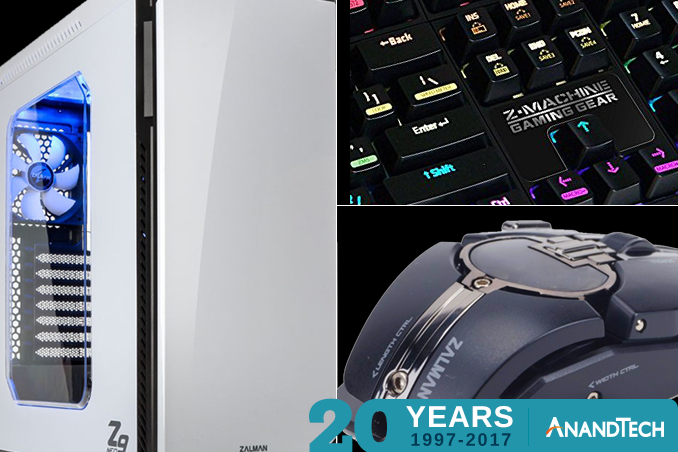
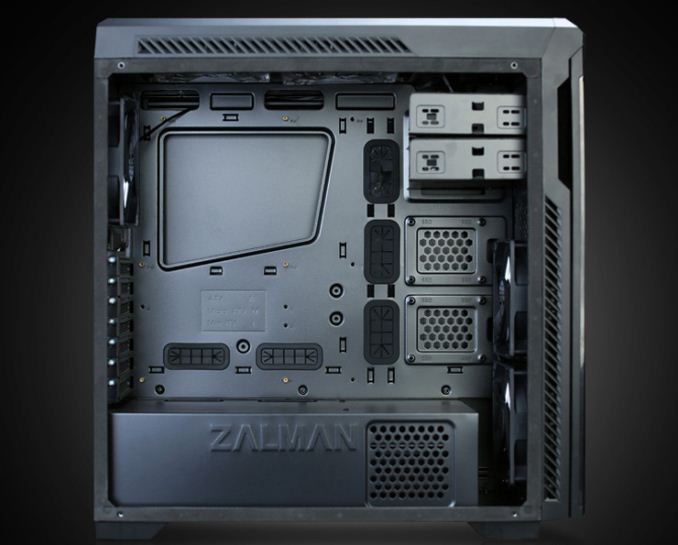
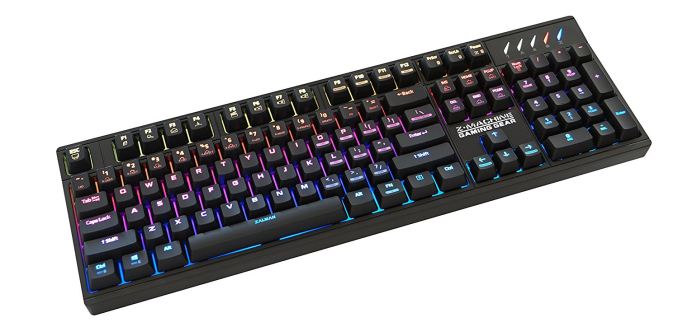
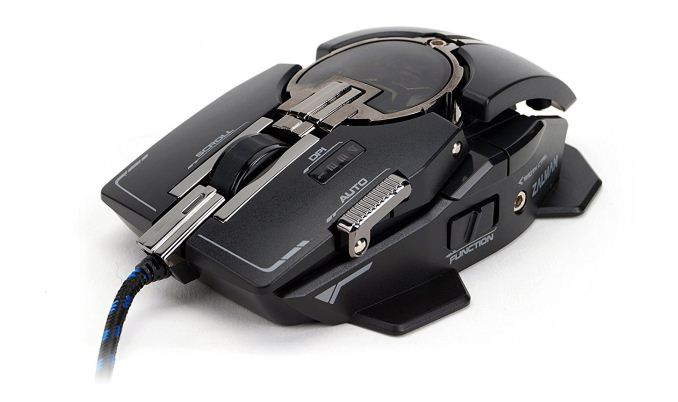
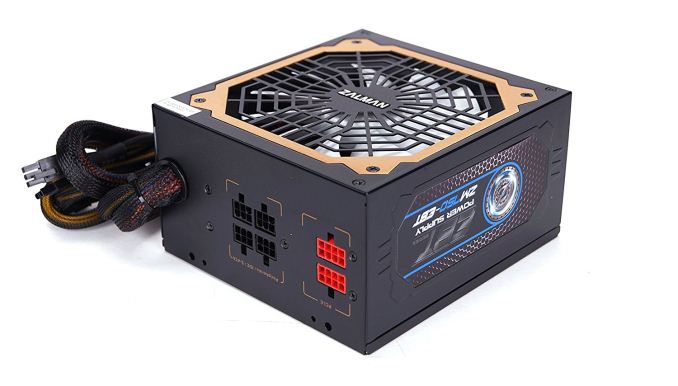

 Quote
Quote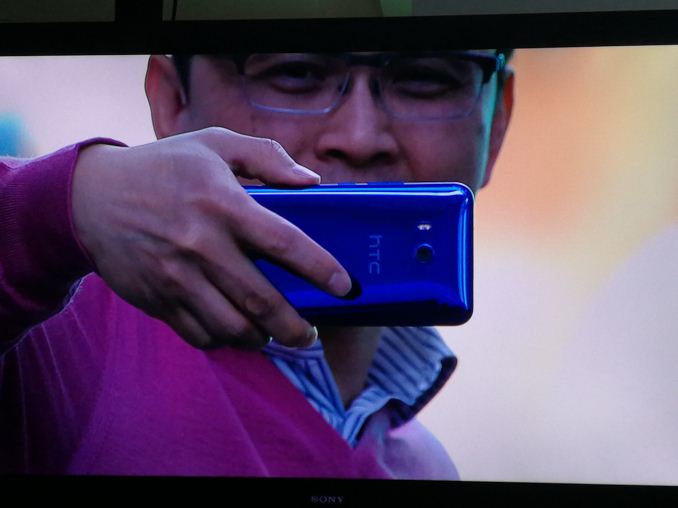
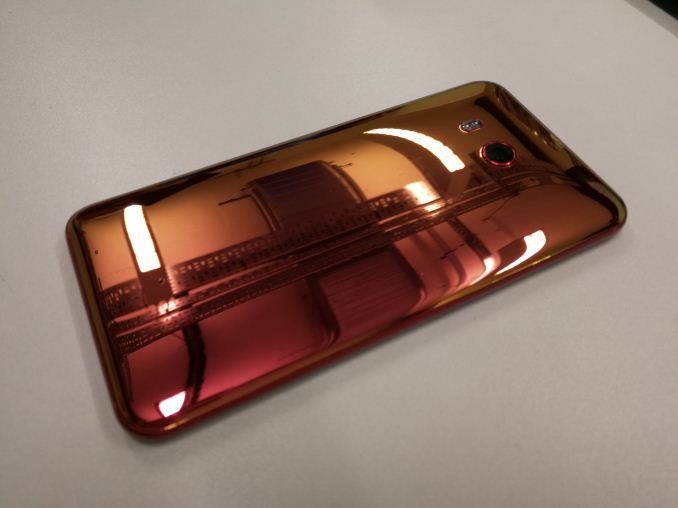
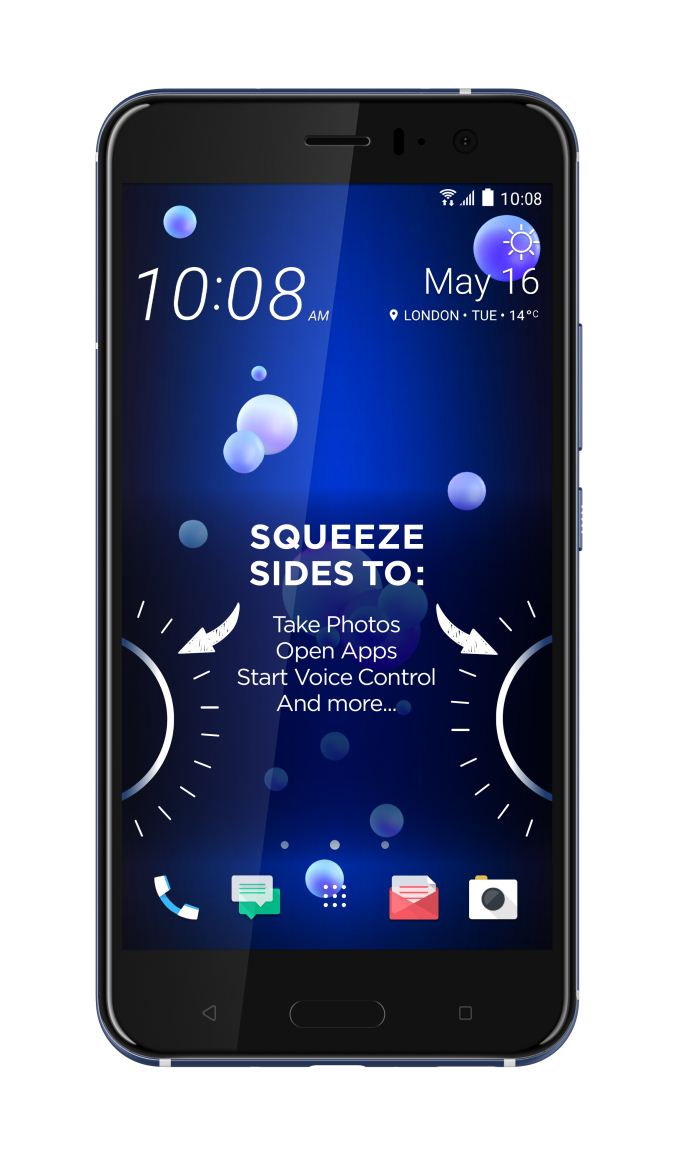
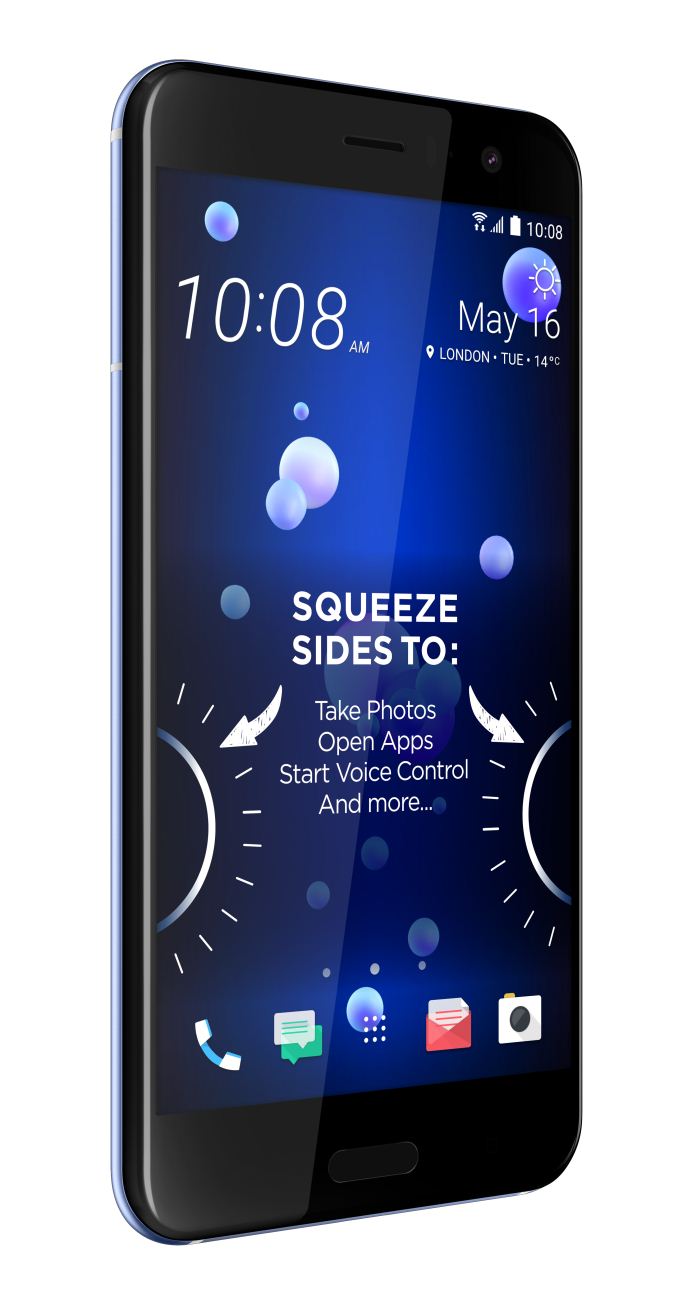
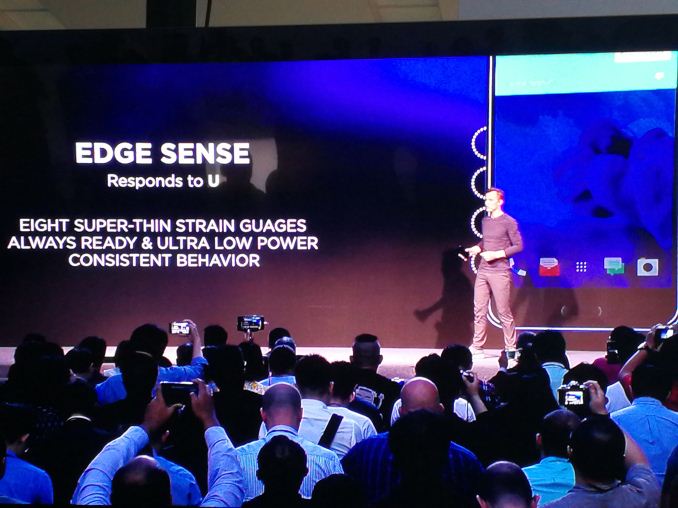
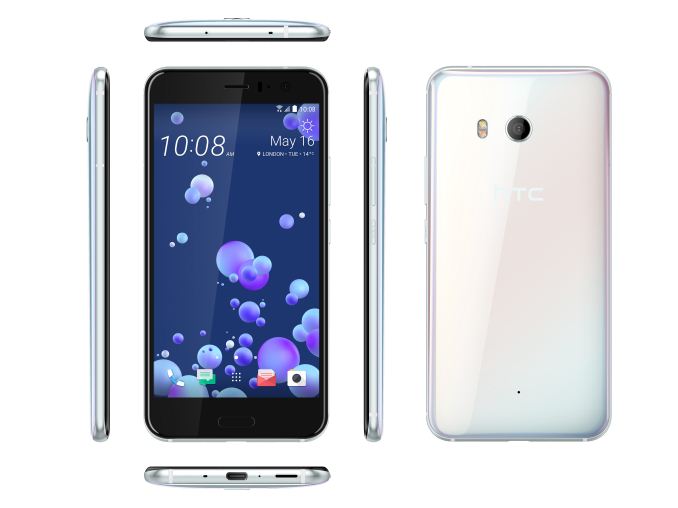
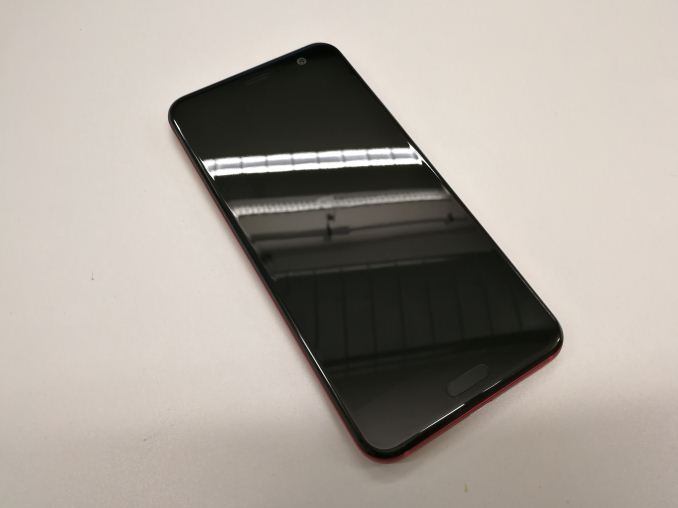

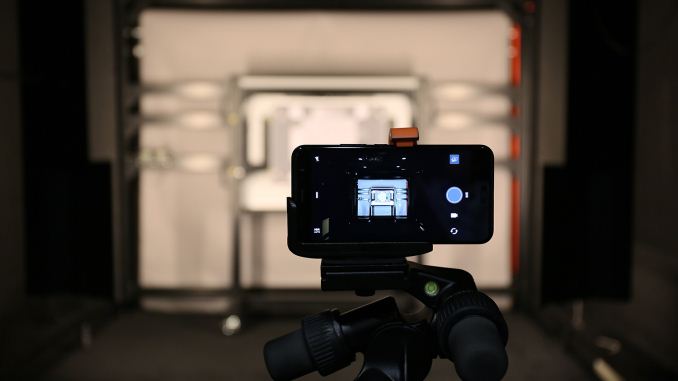
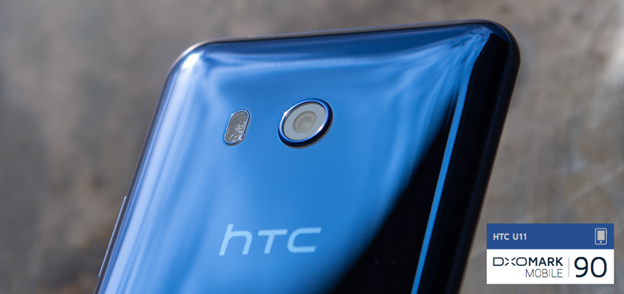

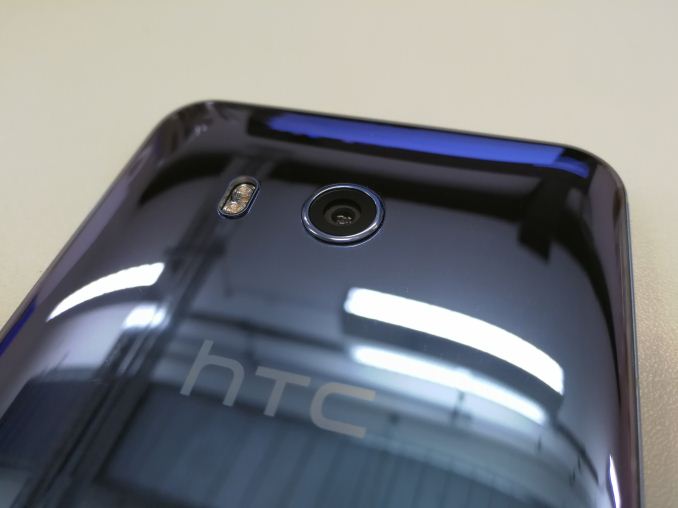
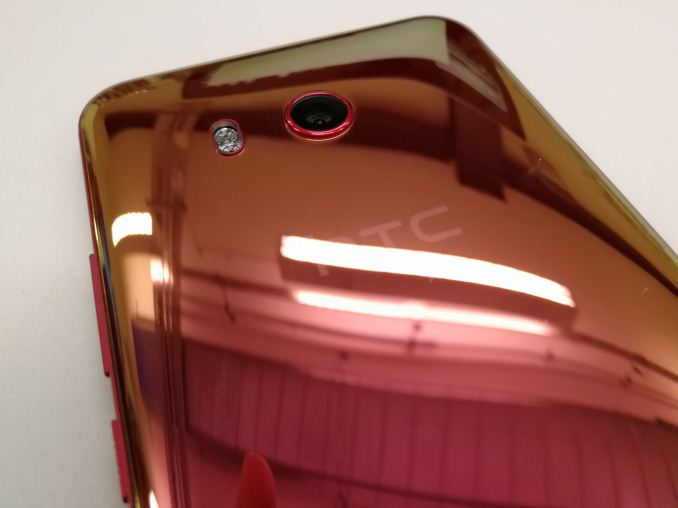
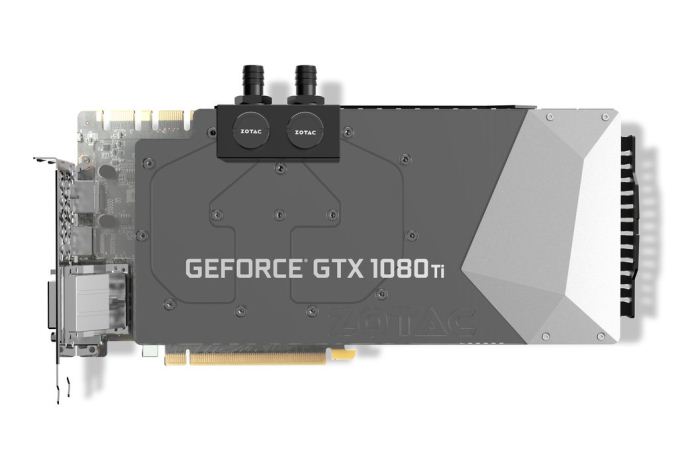
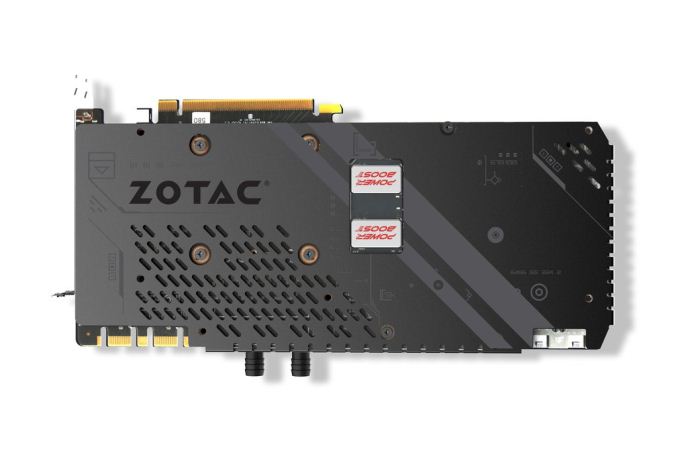
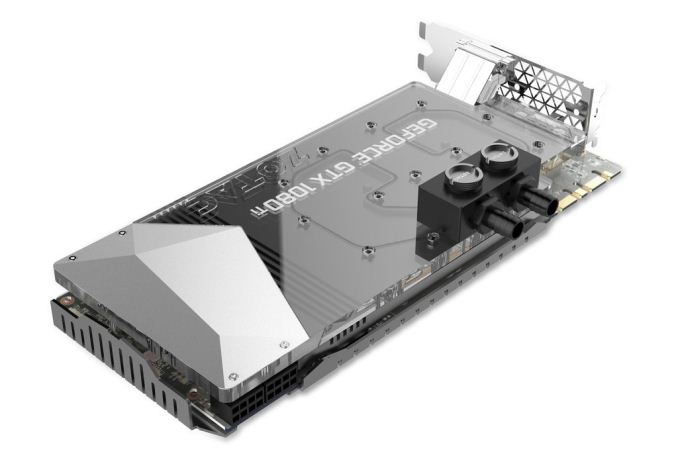

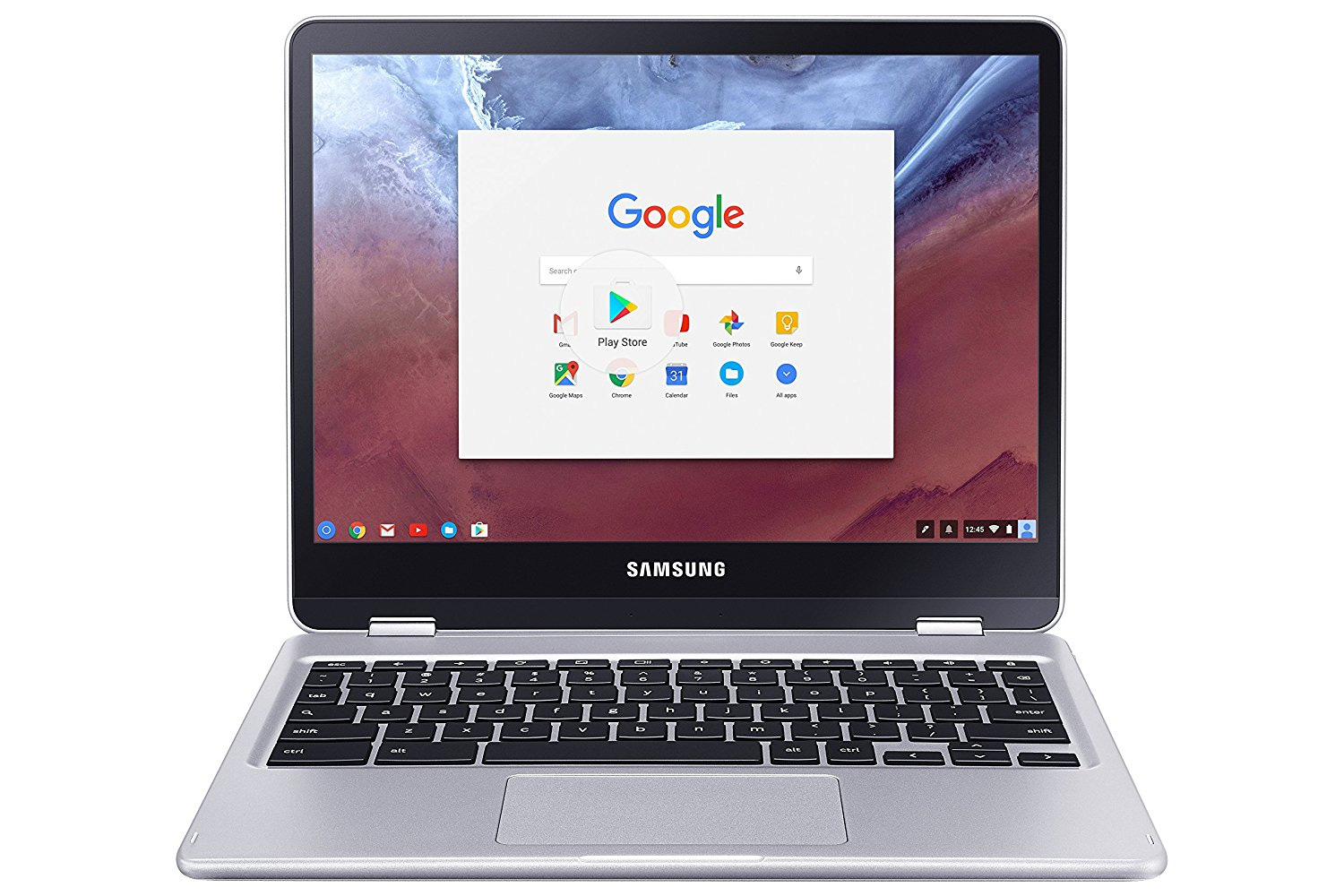

_575px.jpg)
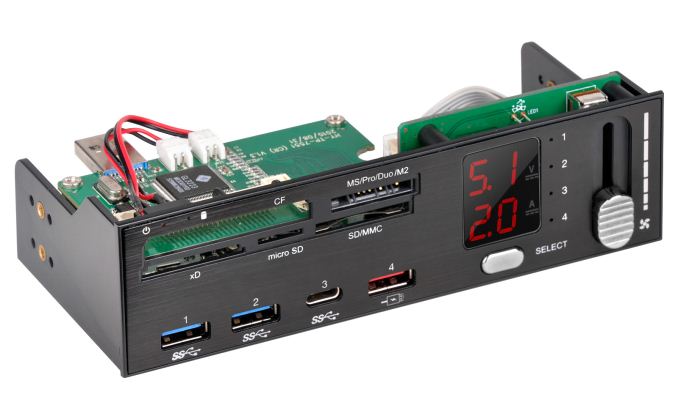
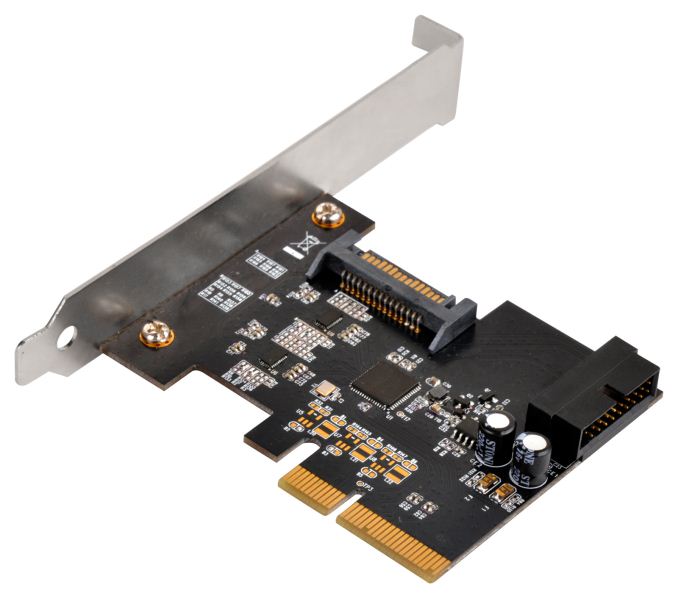
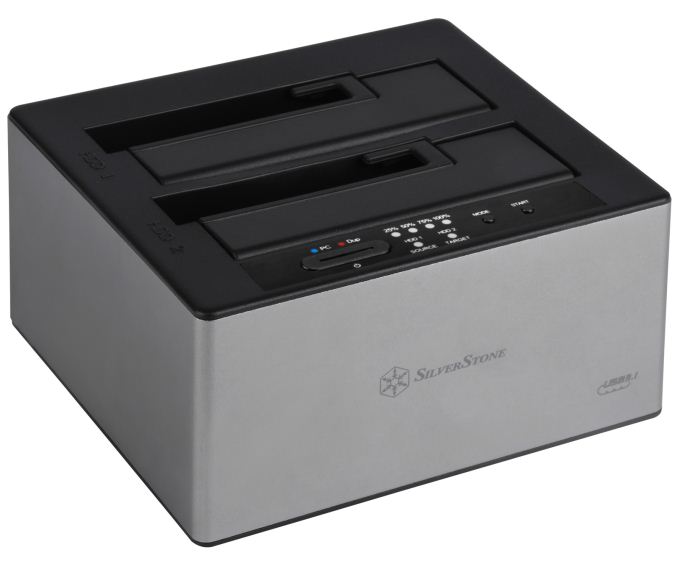
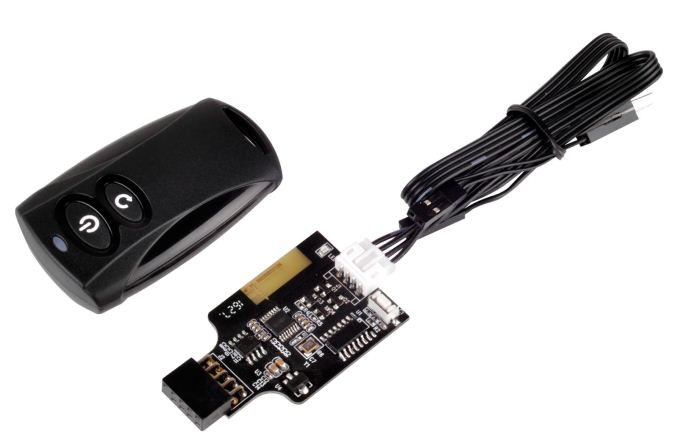
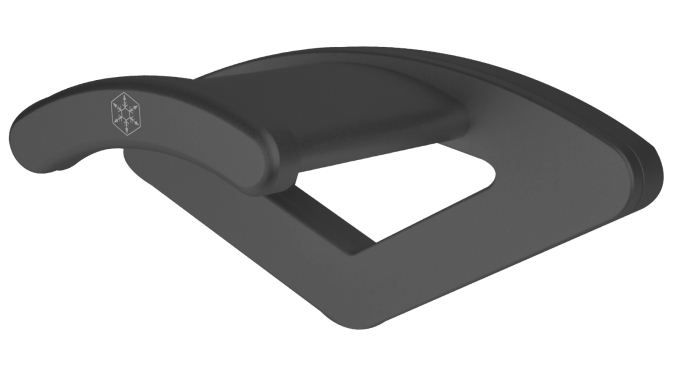
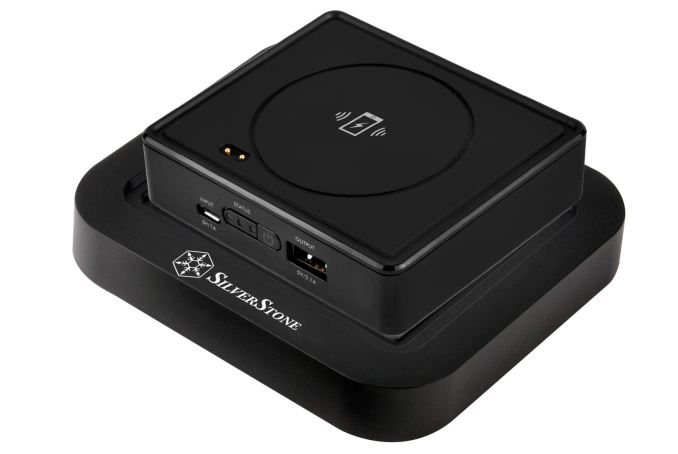
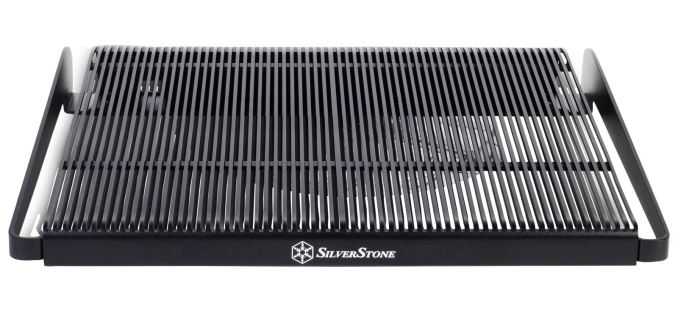
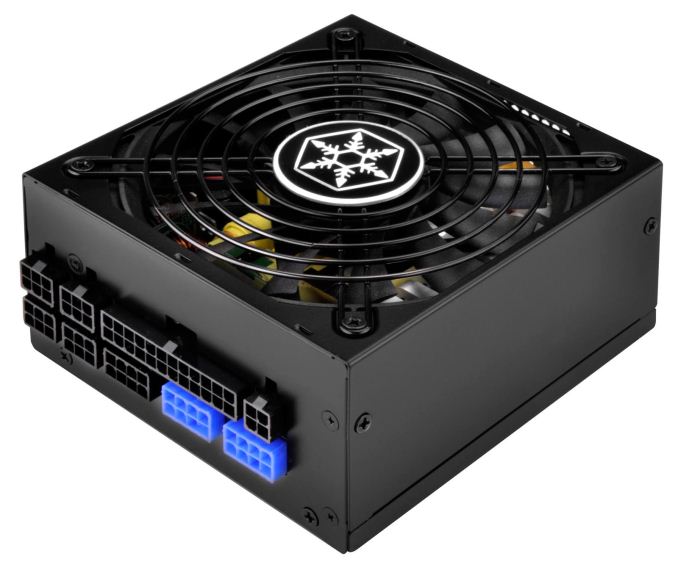
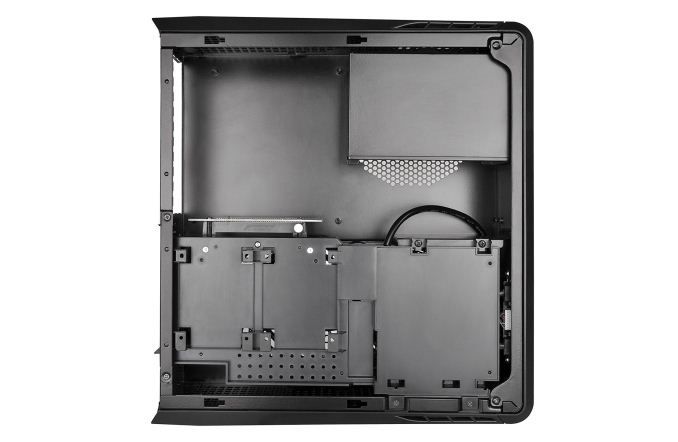
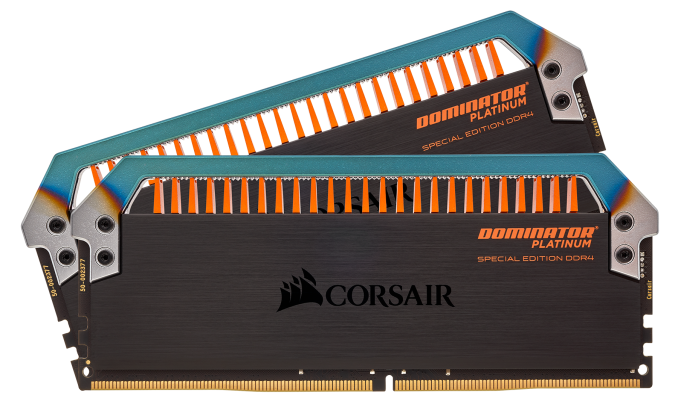
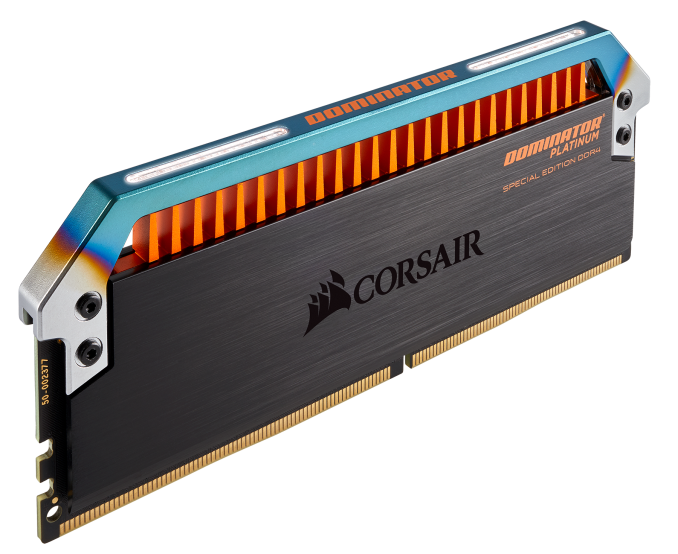
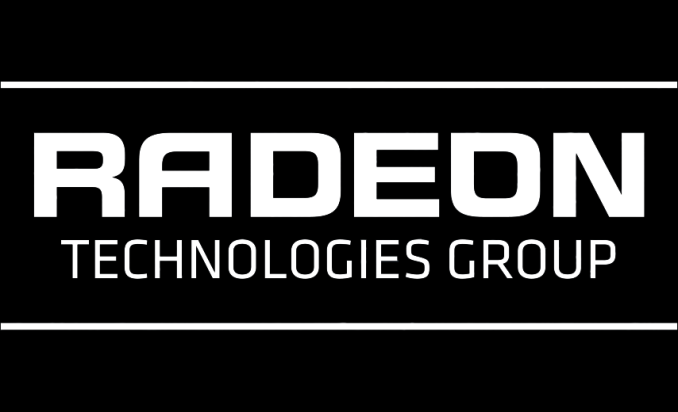
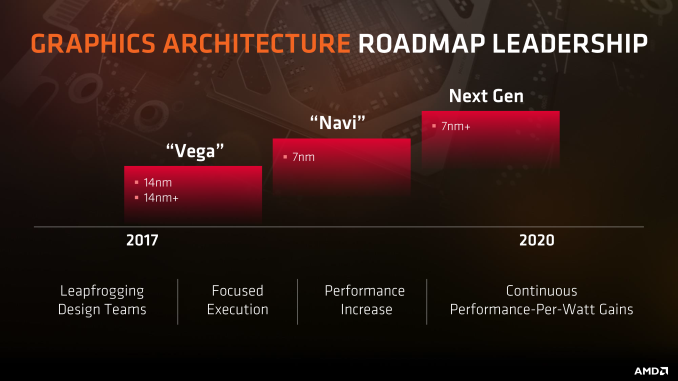
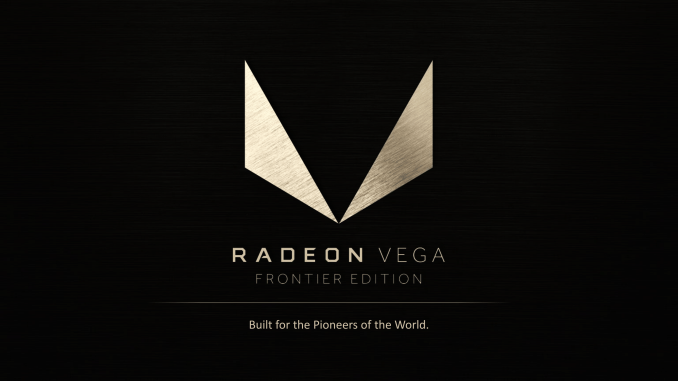

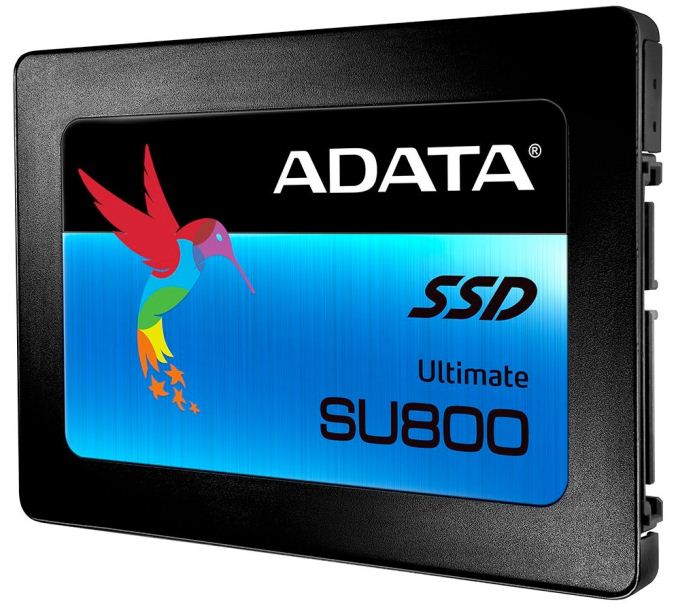


















Bookmarks